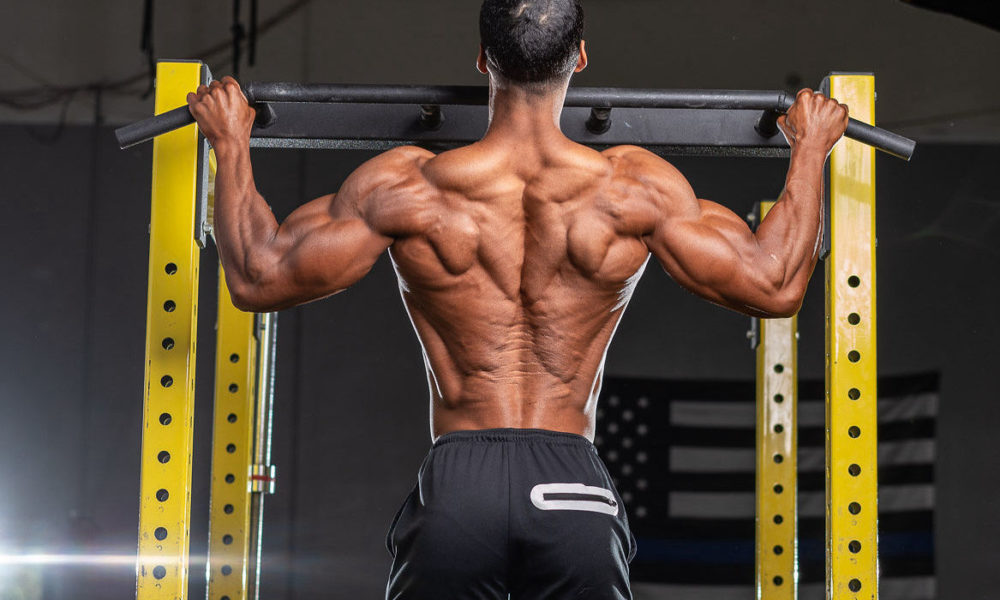

Having a strong, broad back and ripped, large biceps is a goal for most people that enter the gym. Since many workouts that target your back also hit muscles in your biceps and vice versa, it is a great idea to train your biceps and back muscles together. This will help you work two muscles simultaneously without the fear of overworking one and underworking the other.
Understanding the mechanism and anatomy of the back muscles and biceps will not only help you in choosing the right weight and exercise but will also help you to perform an exercise to the best of your ability. Developing an understanding of the interaction between your different muscle groups will allow you to train at an elite level.
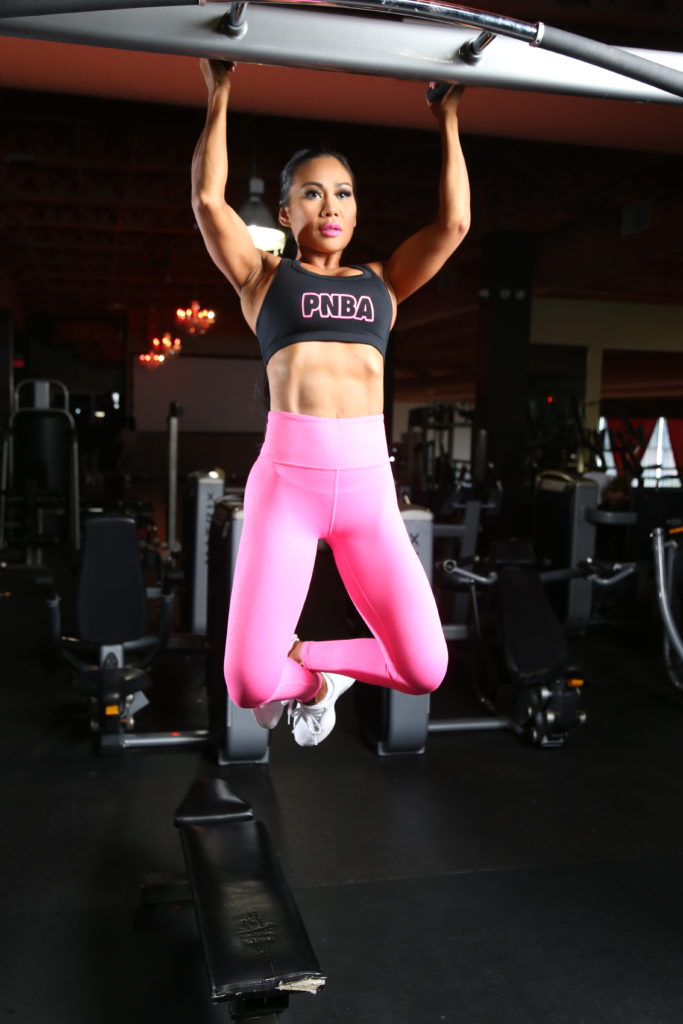
Back Muscles:
The back has two parts— the upper back and the lower back. The upper back serves as a foundation for your shoulders and plays a role in supporting your neck while the lower back helps in lifting, carrying, and holding our posture. Some of the major muscles of the back are the following:
- The Latissimus Dorsi Muscles or the lats
- The Trapezius muscles or the traps
- The Teres majors or the Rhomboid Muscles
Biceps:
The bicep muscles are located at the top of your upper arms and are connected to the triceps and shoulders. The bicep works as a single muscle and consists of a long head and a short head.
Combining Back and Bicep Workouts:
It is always a good idea to train your back and biceps together. That is because both the back and bicep muscles are “pull” muscles and training the two of them together means not needing to add an extra bicep day to your already tight schedule.
A good workout routine will always require you to train your biceps and back together. This is because most back workouts require some kind of bicep movement as well. Training the two of them together will also increase efficiency.
Pull Day: Working the upper body:
If you are a regular at the gym, you might have come across the terms “pull days” and “push days” but what are they really? Pull-day workouts refer to workouts that train your upper body muscles like the biceps, forearms, and back, which are involved in the pulling motion. These workouts are done in a combination with “push workouts” — workouts that train your upper body muscles like the chest, triceps, and shoulders, that are involved in the pushing motions.
Since we are discussing the back and bicep muscles, we will mostly be covering pull workouts.
Back and Biceps Workouts:
Workouts that target the back and bicep muscles help build strength and tissue in the major muscles like the lower back, Latissimus, both the heads of the biceps, rhomboids, forearms, and shoulders.
To train the back and biceps together, you will be given a complete guide on how to perform two exercises to target the same muscle group back to back with rest and then repeat one or more times. These are called supersets and they are beneficial for those who want to perform multiple different exercises but are short on time.
You will be performing 2 supersets— the first superset will focus on your back muscles primarily in addition to engaging your biceps, while the second superset will target your biceps along with some use of your back muscles.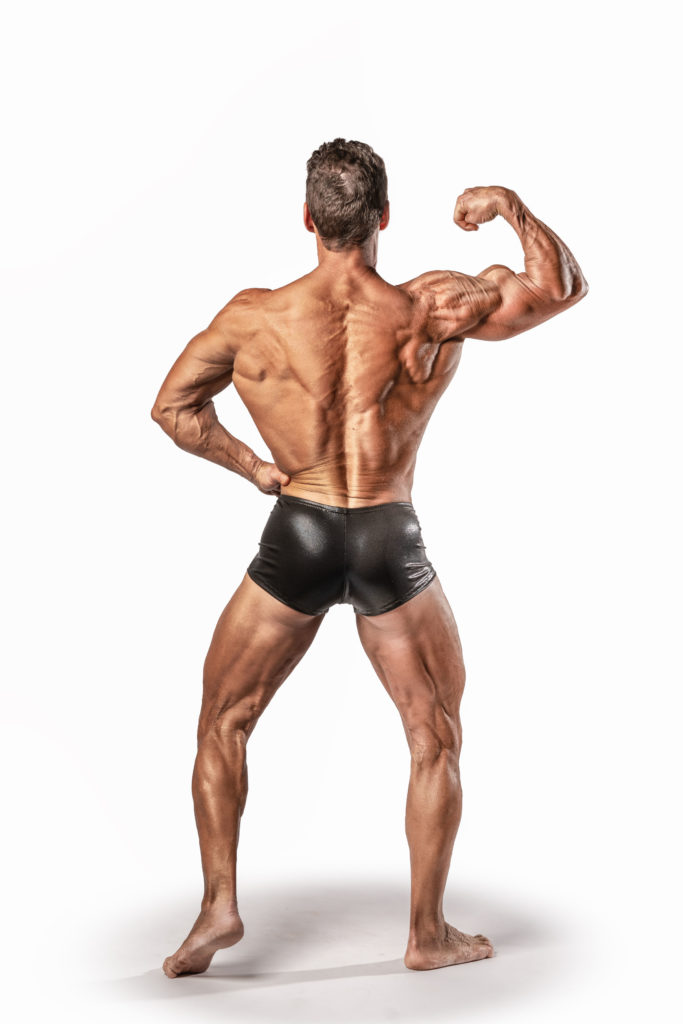
Superset 1:
In the first superset, you will perform 4 different exercises that will target your large back muscles, your biceps, and possibly even your shoulders too.
- Barbell high row: To perform this exercise:
- Stand with feet hip-width apart and with a barbell hanging in front of you
- Hinge at the hips and bend your knees slightly such that your torso is brought forward and is almost parallel to the floor
- Now grab the barbell with an overhand grip. Your palms should be facing your thighs.
- Now lift the barbell up to your chest by squeezing your shoulder blades together.
- Keep your core engaged while bringing the barbell up. Once you have brought it to your chest, hold this position for a moment and then return back to your initial position.
- This is one rep.
- Reps: 2 sets, 10 reps.
2. Alternating T-pulls and Y-pulls: To perform this exercise:
- Get seated and extend your legs in front of you
- Put a resistance band around both your feet and hold the ends of the band in each hand leaving very little slack in the band
- As you are seated, straighten your back and while holding the ends of the band, extend your arms out to a T-shape. Keep your core engaged.
- Hold this position for a moment and return back to your initial position.
- Now, extend your arms out into a Y-shape with a straight back and engaged core. Hold this position for a moment and return back to your initial position.
- Reps: 2 sets, 10-12 reps.
3. One-Armed Row: To perform this exercise:
- Stand on the ground and place your left foot a few steps ahead of your right foot.
- Bend your knees slightly and hold a dumbbell in your right hand with the palms of your hand facing inwards.
- Keep your back and core strong and engaged while you pull the weight up by pulling the right elbow up to your torso in a rowing position.
- Keep lifting the dumbbell up until it is leveled with your torso
- Hold this position for a moment and then return to your initial position.
- Repeat with your left arm.
- Reps: 2 reps, 10 sets.
4. Upright row: To perform this exercise:
- Stand on the ground with feet hip-width apart
- Grab the barbell in front of you using an overhand grip with palms at shoulder-width apart and facing the body
- Now using your elbows, lift the barbell up to your chin. Keep lifting until the barbell is parallel to your shoulders.
- Keep your back straight and core engaged.
- Hold this position for a moment and return back to the initial position by lowering the weight from the chin.
- This is one rep.
- Reps: 2 sets, 3 reps.
Superset 2:
In the second superset, you will perform 4 different exercises that will target your biceps mainly and your back and shoulders will benefit from it too.
- Hammer curls: To perform this exercise:
- Hold one dumbbell in each hand such that the palms are facing your thighs and stand with feet hip-width apart
- Hold your arms still in that position and lift the dumbbell up to your shoulders by bending the elbows and lifting your lowering arms ONLY.
- Keep your back straight and core engaged.
- When you reach the top of the exercise, your thumbs should be close to your shoulders.
- Now return back to the initial position by lowering the weights.
- Reps: 2 sets, 10 reps.
2. Reverse Dumbbell curl: To perform this exercise:
- Stand on the ground a straight back and feet hip-width apart
- Using an overhand grip, hold one dumbbell in each hand such that your palms are facing your thighs.
- Now lift the dumbbells up by bending the elbows only and engage your core
- Keep lifting until your elbows reach a 90-degree angle or slightly higher.
- Hold this position for a moment and then return back to the initial position by lowering the weights.
- Reps: 2 sets, 12 reps.
3. Concentration curls: To perform this exercise:
- Get seated on a bench with legs hip-width apart and knees at a 90 degrees angle.
- Hold a dumbbell in your right hand
- Your right arm and elbow should be extended down between your knees along the inside of your right knee and thigh
- Maintaining the position of your elbow against your inner thigh, curl the weight up slowly using your forearms only.
- While curling the weight up, engage your bicep. Hold this position for a moment then return back to your initial position by lowering the weight.
- This is one rep. Repeat with the other arm.
- Sets: 2 sets, 12 reps.
4. Barbell Curls: To perform this exercise:
- Stand with feet hip-width apart and using an underhand grip and palms facing forward, grab the barbell in front of you with both hands.
- Relax your shoulders, straighten your back and tighten your core.
- Now lift the barbell up to your shoulders by bending your elbows. Make sure that your elbows remain tucked along your ribcage.
- Hold this position for a moment and then return back to your initial position by lowering the barbell
- This is one rep.
- Reps: 2 sets, 10 reps.
- Note: The barbell can also be replaced by dumbbells in each hand.
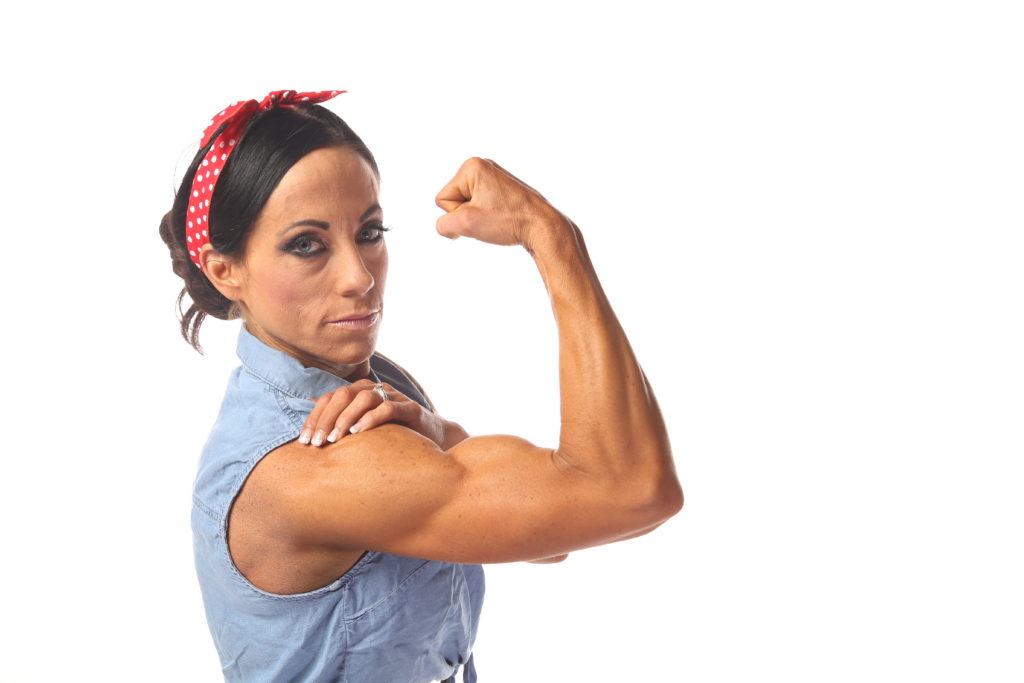
Choosing the right weight:
If you are a beginner, choose a weight with the help of your trainer. Your weight and number of reps depend upon your level of training. The best way to determine whether your number of reps and weight is in accordance is to focus on the last two reps of any exercise. You should be able to perform all the reps of an exercise easily except the last two. You should be able to complete the last two reps with a little bit of struggle. If you can complete all the reps with no struggle, then the weights are too light for you. However, if you cannot finish all the reps in your set, then the weights are too heavy for you.
Conclusion:
It is a great idea to train your biceps and back muscles together. This will help you work two muscles simultaneously without the fear of overworking one and underworking the other.
But before you start incorporating the given subsets into your regime, consult a physical therapist or your general physician in case of underlying conditions. Avoid these exercises if you are recovering from physical trauma. It is also advised to stop performing these exercises if it triggers pain.






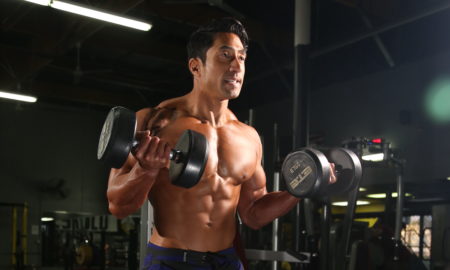
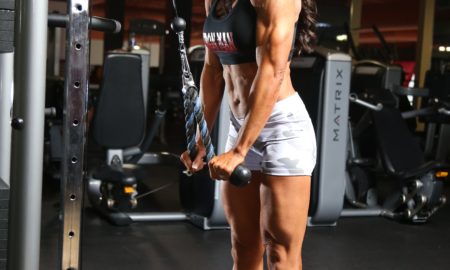












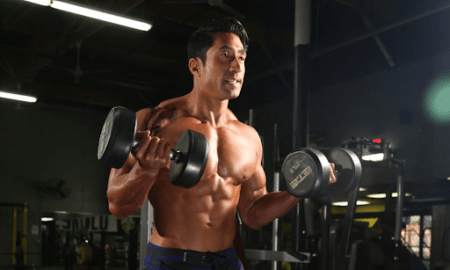
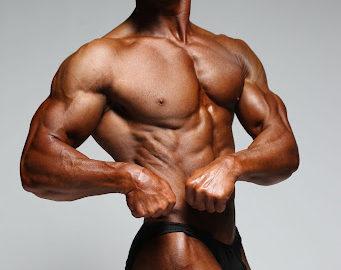
You must be logged in to post a comment Login